Home>Interior Design>10 Ways To Avoid ‘Declutter Regret’
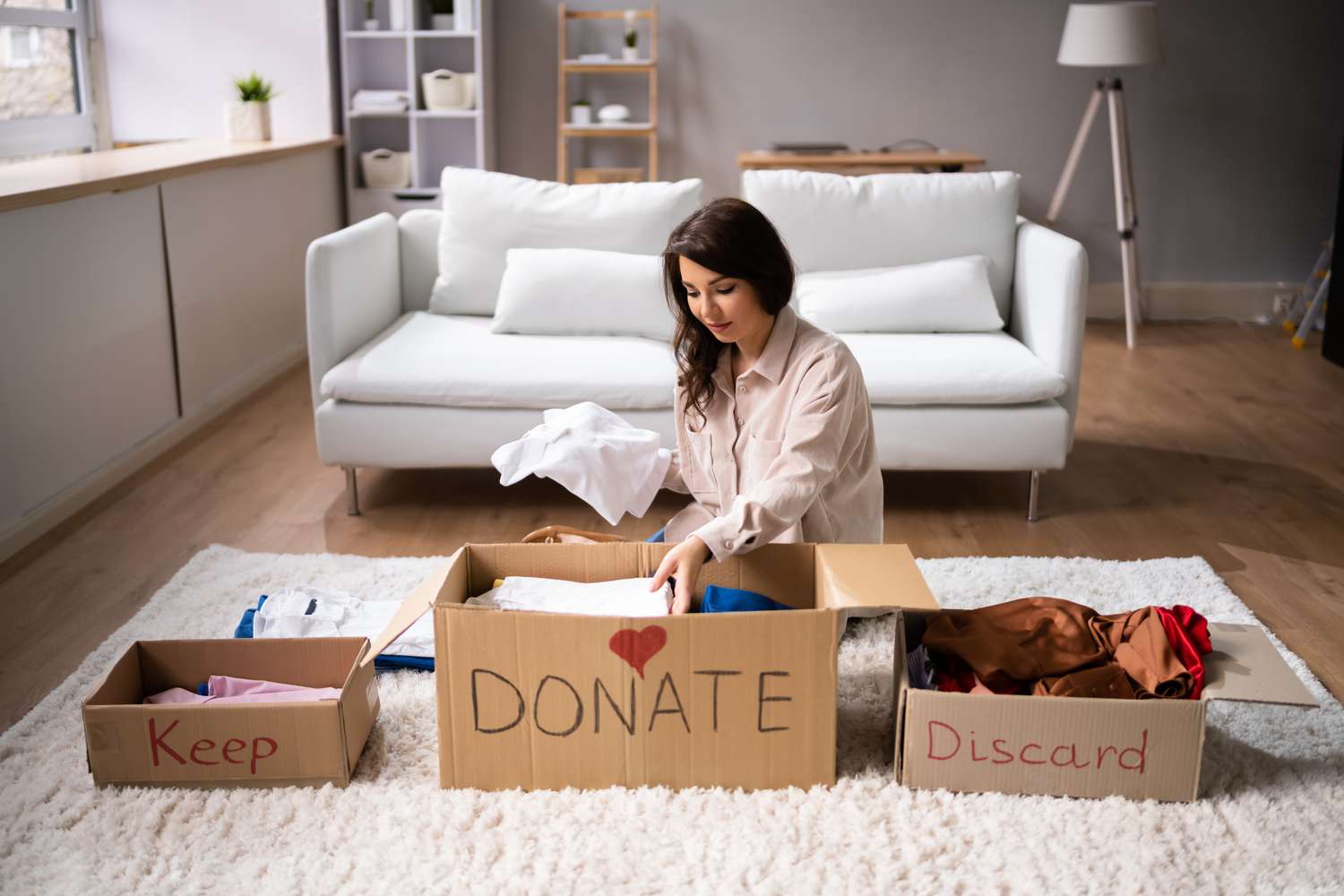

Interior Design
10 Ways To Avoid ‘Declutter Regret’
Modified: August 17, 2024
Discover 10 valuable tips for preventing 'declutter regret' in interior design, ensuring a beautifully organized space. Enhance your home with these expert strategies!
(Many of the links in this article redirect to a specific reviewed product. Your purchase of these products through affiliate links helps to generate commission for Storables.com, at no extra cost. Learn more)
Introduction
When it comes to interior design, one of the major challenges many people face is finding the right balance between a well-decorated space and clutter. Clutter not only leads to a disorganized and chaotic environment, but it can also have a negative impact on our mental and emotional well-being. That’s why decluttering has become an essential part of creating a harmonious and functional living space.
However, a common fear that often holds people back from decluttering is the ‘declutter regret’, the fear of getting rid of something they might need or regretting letting go of items with sentimental value. But fear not! With a little planning and some practical strategies, you can declutter your home without any regret. In this article, we will explore 10 effective ways to avoid ‘declutter regret’ and create a space that feels fresh, organized, and inviting.
Key Takeaways:
- Embrace a minimalist mindset to prioritize intentional choices, quality over quantity, and experiences over possessions. Cultivate gratitude, let go of attachments, and focus on what truly brings joy and fulfillment.
- Avoid ‘declutter regret’ by setting specific goals, starting small, and separating items into categories. Take breaks, donate or sell instead of discarding, and find creative storage solutions to create a clutter-free haven.
Read more: How To Fix E2 Error In A Washing Machine
Way 1: Set specific decluttering goals
The first step in any successful decluttering journey is to set clear and specific goals. Without a roadmap, it’s easy to get overwhelmed and lose motivation. Start by identifying the areas or rooms in your home that need decluttering, whether it’s your bedroom, kitchen, or home office.
Next, break down each area into smaller, manageable tasks. For example, if you’re decluttering your bedroom, you can set goals such as decluttering your wardrobe, organizing your nightstand, or tidying up your bookshelf. By setting specific goals, you’ll have a clear plan of action and can tackle one task at a time.
It’s also important to set a realistic timeline for yourself. Decluttering can be a time-consuming process, so be honest with yourself about how much time you can dedicate to it each day or each week. Setting a timeline will help you stay on track and prevent the decluttering process from dragging on indefinitely.
Lastly, make sure your goals are measurable. Set a target number of items you want to declutter from each area or room. For example, you can aim to donate or throw away 10 items from your wardrobe or remove 5 books from your bookshelf. Having measurable goals will give you a sense of accomplishment as you see your progress throughout the decluttering process.
Remember, decluttering is a personal journey, and everyone’s goals will be different. It’s important to set goals that are meaningful to you and align with your lifestyle and values. Whether your goal is to create a more minimalist living space, improve functionality, or simply have a cleaner and more organized home, setting specific decluttering goals will set you on the path to success.
Way 2: Start with small, manageable projects
One of the biggest hurdles to overcome when decluttering is feeling overwhelmed by the sheer amount of stuff you need to go through. That’s why starting with small, manageable projects is a great way to build momentum and stay motivated throughout the decluttering process.
Instead of tackling your entire home all at once, break it down into smaller areas or tasks. For example, start with a single drawer in your kitchen or a section of your closet. By focusing on a smaller area, you’ll be able to give it your full attention and see quick results.
This approach has two major benefits. Firstly, it helps to build confidence and motivation as you complete each smaller project. As you see the transformation of a single drawer or section, you’ll feel inspired to keep going and tackle the next small project. It creates a sense of accomplishment and fuels your determination to declutter your entire space.
Secondly, starting with small projects prevents overwhelm and burnout. Decluttering can be a mentally and physically exhausting task, so it’s important to pace yourself. By breaking it down into smaller tasks, you can fit decluttering into your schedule more easily and avoid feeling drained.
Another advantage of starting with small projects is that it allows you to practice decision-making and develop decluttering skills. As you go through each item in a smaller area, you’ll become more adept at making choices about what to keep, donate, or discard. This will make the process smoother and more efficient when you move on to larger areas.
Remember, decluttering is not a race. Take your time and be patient with yourself. Starting with small, manageable projects will help you make progress and stay motivated along the way. So, grab a box or a bag, choose a small area to tackle, and get started on your decluttering journey!
Way 3: Separate items into categories
When decluttering, it’s crucial to have a systematic approach to sorting through your belongings. One effective way to do this is by separating items into categories. By doing so, you can evaluate each category separately and make more informed decisions about what to keep, donate, or discard.
Start by determining the categories that make sense for your space and the items you have. Some common categories include clothing, books, electronics, kitchen gadgets, sentimental items, and so on. Create designated areas or containers for each category, making it easier to see and assess the quantity of items you have in each category.
As you go through each category, take each item one by one and ask yourself the important questions. Do I use it regularly? Does it hold sentimental value? Does it contribute to my overall well-being and happiness? Be honest with yourself and avoid the trap of holding onto items out of guilt or fear of letting go.
Sorting items into categories also helps to identify duplicates or items that serve the same purpose. For example, if you have multiple pairs of jeans or several kitchen appliances that do the same job, consider keeping only the ones you truly need and use. This process of elimination will not only declutter your space but also streamline your belongings, making them more functional and accessible.
Furthermore, categorizing items can also provide a visual representation of the amount of stuff you have in each category. This visual impact can be a powerful motivator to declutter and downsize. When you see your clothes overflowing from the closet or your book collection piled up, it becomes evident which categories need the most attention and decluttering.
Remember, the goal is to create a space that is organized, uncluttered, and reflective of your true needs and lifestyle. Separating items into categories will help you get a clear overview of your belongings, make decision-making easier, and ultimately lead to a more streamlined and clutter-free living environment.
Way 4: Determine the purpose and frequency of use for each item
When decluttering, it’s important to evaluate the purpose and frequency of use for each item you come across. This step helps you make informed decisions about whether to keep, donate, or discard the items in question.
Start by asking yourself, “What is the purpose of this item?” Consider its functionality and whether it serves a specific need or enhances your daily life. If an item no longer aligns with your current lifestyle or doesn’t serve a practical purpose, it may be time to let it go.
Next, think about how frequently you use the item. Is it a regular part of your everyday life, or does it sit untouched in a corner gathering dust? If you find that an item hasn’t been used in a long time or holds no significant value, it may be worth considering parting ways with it.
Of course, there will be exceptions for sentimental items or pieces that hold emotional value. It’s completely understandable to keep items that evoke happy memories or have sentimental significance. However, it’s still important to evaluate whether these items bring you joy and contribute positively to your living space.
As you go through each item, think critically and objectively. If an item is just taking up space and not providing any practical or emotional benefit, it may be time to let it go. Remember, decluttering is about creating a space that is curated and supports your current needs and well-being.
An additional benefit of determining the purpose and frequency of use is gaining a clearer understanding of what you need and what you don’t. It allows you to prioritize items that have a higher value and make better use of the space you have available. By keeping only the items that serve a purpose and are used frequently, you can create a more organized and functional living environment.
Remember, it’s not about getting rid of everything, but rather about being intentional with the items you choose to keep. By determining the purpose and frequency of use for each item, you can make more informed decisions that align with your lifestyle and goals, resulting in a clutter-free and harmonious living space.
Way 5: Consider the sentimental value of objects
When decluttering, it’s natural to come across items that hold sentimental value. These could be gifts from loved ones, souvenirs from special occasions, or items that evoke cherished memories. While it’s important to create a clutter-free space, it’s equally important to honor your sentimental attachment to certain objects.
When evaluating items with sentimental value, take the time to reflect on their significance in your life. Consider how they make you feel and the memories they evoke. However, it’s essential to strike a balance between preserving sentimental items and maintaining an organized home.
One strategy is to curate a designated space or display area for your sentimental items. This could be a shelf, a shadow box, or a photo album where you can showcase and appreciate these items without overwhelming the rest of your living space. Limiting the number of sentimental items you keep can help ensure that each one receives the attention and recognition it deserves.
Another approach is to consider the practicality and functionality of sentimental items. Ask yourself if these items can be repurposed or used in a meaningful way. For example, instead of keeping a box of old letters, consider digitizing them to save space while still preserving the sentimental value. Similarly, sentimental clothing items can be transformed into quilts or repurposed into something you’ll use and treasure daily.
It’s important to remember that the true value of sentimental items lies in the memories they represent, rather than the physical object itself. Taking photos of items or creating a digital memory keepsake can be a way to preserve the memories associated with sentimental items without needing to keep the physical objects.
While it can be challenging to let go of sentimental items, it’s also liberating to release the emotional burden that excess clutter can bring. By carefully selecting and curating sentimental items, you can create a space that feels personal, meaningful, and clutter-free.
Ultimately, trust your instincts and listen to your heart when deciding which sentimental items to keep. Surround yourself with objects that truly bring you joy and enhance your well-being. Remember, your home should be a reflection of you, your experiences, and the things that hold significance in your life.
When decluttering, take photos of sentimental items before letting them go. This way, you can still look back on the memories without the physical clutter.
Way 6: Take breaks during the decluttering process
Decluttering your living space can be a lengthy and tiring process, both physically and mentally. Taking breaks during the decluttering process is essential to maintain focus, prevent burnout, and stay motivated.
When you embark on your decluttering journey, set aside specific times for concentrated work, but also schedule regular breaks. These breaks will not only give you a chance to rest physically but also provide a mental reset, allowing you to approach the task with renewed energy and focus.
During your breaks, engage in activities that help you recharge. It could be as simple as grabbing a snack, stretching, or taking a short walk outside. Stepping away from the decluttering process, even for a few minutes, can help clear your mind and provide a fresh perspective when you return to the task at hand.
Remember to pace yourself and avoid trying to complete the decluttering process in one marathon session. This can easily lead to fatigue, frustration, and a lack of motivation. Instead, break the process into smaller, manageable sessions with breaks in between. This way, you can maintain your productivity and make steady progress without feeling overwhelmed.
Taking breaks also gives you an opportunity to evaluate your progress and make any necessary adjustments to your decluttering strategy. Use this time to reflect on what you’ve accomplished, celebrate your achievements, and reassess your goals for the next session. It’s a chance to reevaluate your priorities and ensure that your decluttering efforts are aligned with your desired outcomes.
Additionally, breaks can be a time for self-care and mental rejuvenation. Engage in activities that help you relax and unwind, such as reading a book, practicing mindfulness, or spending time with loved ones. This allows you to recharge not only physically but also emotionally, ensuring that your decluttering process is a positive and fulfilling experience.
Remember, decluttering is a marathon, not a sprint. Taking breaks is not a sign of defeat; rather, it’s a vital component of a successful and sustainable decluttering journey. So, listen to your body and mind, prioritize self-care, and take the time you need to rest and recharge during the process.
Way 7: Donate or sell items instead of throwing them away
When decluttering, it’s important to consider the environmental impact of our actions. Instead of simply tossing unwanted items in the trash, a more sustainable and responsible approach is to donate or sell them. This not only helps reduce waste but also benefits others who may find value in the items you no longer need.
Before decluttering, determine which items can be donated or sold. Things like clothing, furniture, kitchen appliances, books, and electronics are often sought after by charitable organizations, thrift stores, or even individuals looking for second-hand items.
Start by researching local donation centers or charities that accept the types of items you have. Many organizations have specific guidelines for donation, so make sure to check their websites or give them a call to understand what they accept and how to properly donate. Some places may also offer pick-up services, which can be convenient if you have large or bulky items to donate.
If you prefer to sell your items and potentially make some extra cash, there are various platforms available, both online and offline. Online platforms like eBay, Facebook Marketplace, or Craigslist allow you to reach a wide audience, while local consignment stores or garage sales can offer a more personal and immediate selling experience.
When deciding what to donate or sell, consider the condition and usability of the items. Items that are in good condition and still have a functional purpose are more likely to find new homes or interested buyers. However, even items with minor flaws or wear and tear can find value in the hands of DIY enthusiasts or individuals who appreciate the opportunity to restore or repurpose them.
By donating or selling items, you not only extend their lifespan but also contribute to a circular economy, where items are reused and repurposed rather than being discarded. This helps reduce the demand for new products and the resources required to manufacture them, ultimately benefiting the environment.
Remember, someone else’s trash may be another person’s treasure. By choosing to donate or sell unwanted items instead of throwing them away, you not only declutter your space but also give someone else the opportunity to enjoy and benefit from them. It’s a win-win situation that promotes sustainability and goodwill.
Way 8: Find creative storage solutions
One key aspect of decluttering is finding effective storage solutions for the items you choose to keep. Having a designated place for everything not only keeps your space organized but also makes it easier to find and access items when needed. Here are some creative storage solutions to maximize space and minimize clutter:
1. Utilize vertical space: Look for opportunities to utilize vertical space, such as adding shelves or hanging organizers on walls. This can help you make use of otherwise unused wall space and free up valuable floor space.
2. Use multi-functional furniture: Opt for furniture pieces that offer built-in storage, such as ottomans with hidden compartments or beds with drawers underneath. This allows you to store items conveniently while maximizing the functionality of your furniture.
3. Invest in storage bins and containers: Use storage bins, baskets, and containers to neatly organize and store items. Label them for easy identification and stack them to make the most of your available space.
4. Create storage solutions in unused areas: Convert unused nooks or corners into storage areas. Install floating shelves or hanging racks to make use of these otherwise wasted spaces.
5. Maximize closet space: Install additional shelving or hanging organizers inside your closets to maximize storage capacity. Utilize closet door organizers or shoe racks to further optimize the space.
6. Utilize under-bed storage: Purchase storage containers or bins designed to fit under your bed. This allows you to store items that are infrequently used or seasonal, keeping them out of sight but easily accessible.
7. Use drawer dividers: Organize drawers with dividers or small storage trays to keep items separated and easily visible. This prevents drawers from becoming a jumbled mess and makes it easier to find what you need.
8. Utilize the space behind doors: Install hooks or over-the-door organizers behind doors to store items like jackets, bags, or cleaning supplies. This effectively utilizes unused space and keeps essential items within reach.
9. Create functional zones: Define specific zones for different activities or categories in your space. For example, designate an area for crafting or a dedicated home office zone. This helps keep related items together and makes it easier to stay organized.
10. Regularly assess and reorganize: Take the time to reassess your storage system periodically. As your needs and belongings change, make adjustments to ensure your storage solutions continue to meet your needs effectively.
By implementing these creative storage solutions, not only will you maximize your space but also create a visually appealing and clutter-free environment. Finding the right storage solutions for your space can make a significant difference in your ability to maintain an organized and functional home.
Way 9: Resist the urge to impulse buy
One of the biggest culprits of clutter is impulse buying. We’ve all experienced that rush of excitement when we come across an item that seems too good to pass up. However, giving in to impulse buying often leads to accumulating unnecessary items that contribute to clutter and a sense of disorganization. Here are some strategies to help you resist the urge to impulse buy:
1. Practice mindfulness: Before making a purchase, take a moment to pause and consider whether you truly need the item. Ask yourself if it aligns with your personal style, fits your space, and serves a practical purpose. By being more mindful about your purchases, you can reduce impulse buys and make more intentional choices.
2. Create a shopping list: Make a list of items that you actually need before heading out to shop. Stick to the list and avoid deviating from it. This helps you stay focused on your necessities and prevents you from getting distracted by impulse buys.
3. Sleep on it: When you feel the urge to make an impulsive purchase, give yourself a cooling-off period. Wait at least 24 hours before making the decision. This allows time for rational thinking and reflection to determine if it’s something you genuinely need or if it was just a fleeting desire.
4. Consider the cost-per-use: Before buying something, calculate the cost-per-use. Divide the price of the item by the number of times you expect to use it. If the cost-per-use is high, it may not be worth the investment. This perspective helps you prioritize quality over quantity and avoid purchasing items that will quickly lose their value or usefulness.
5. Embrace minimalism: Adopting a minimalist mindset can greatly help in curbing impulse buying tendencies. Instead of constantly adding more possessions, focus on quality over quantity. Be intentional in choosing items that truly bring value and joy into your life, rather than getting caught up in the cycle of consumerism.
6. Avoid shopping triggers: Identify your shopping triggers and find ways to avoid them. This might involve unsubscribing from email newsletters, unfollowing tempting social media accounts, or avoiding shopping malls when you’re feeling vulnerable to impulse buying.
7. Set financial goals: Create clear financial goals for yourself and align your spending habits with those goals. By having a purpose for your money, it becomes easier to resist impulse purchases that don’t align with your priorities.
8. Practice delayed gratification: Instead of buying something immediately, challenge yourself to wait. Give yourself a timeframe, such as a month or even longer, to evaluate if you still truly want or need the item. Delaying gratification allows you to make more thoughtful decisions and avoid impulsive purchases.
By consciously resisting the urge to impulse buy, you can prevent unnecessary clutter from entering your space. Incorporate these strategies into your shopping habits and focus on mindful consumption to build a more intentional and clutter-free lifestyle.
Way 10: Adopt a minimalist mindset
Adopting a minimalist mindset goes beyond just decluttering your physical space. It involves a shift in perspective and a conscious choice to focus on what truly matters. By embracing minimalism, you can create a life that is simpler, more intentional, and free from the chains of material possessions. Here are some principles to help you adopt a minimalist mindset:
1. Identify your values: Take some time to reflect on your values and priorities. What brings you true happiness and fulfillment? Minimalism is about aligning your actions and possessions with your core values, eliminating the excess and focusing on what truly matters to you.
2. Let go of attachments: Minimalism encourages letting go of attachments to material possessions. Understand that objects do not define your worth or happiness. By detaching yourself from the accumulation of stuff, you open yourself up to more meaningful experiences and connections.
3. Practice gratitude: Cultivate a practice of gratitude for what you already have. Appreciate the things that add value to your life and focus on the abundance that exists in your present moment. This gratitude mindset naturally reduces the desire for more and helps you discover contentment in what you already possess.
4. Embrace quality over quantity: Rather than chasing after an abundance of possessions, shift your focus to quality over quantity. Invest in well-made items that are durable, timeless, and serve multiple purposes. This not only reduces clutter but also ensures that the things you own are meaningful and built to last.
5. Seek experiences over things: Minimalism encourages prioritizing experiences over accumulating things. Instead of spending money on material possessions, invest in experiences that bring joy, personal growth, and lasting memories. Shift your focus from “having” to “experiencing.”
6. Declutter your digital space: Minimalism extends beyond physical possessions to your digital space as well. Unsubscribe from unnecessary email lists, declutter your digital files, and remove digital distractions from your life. Streamline your digital space to enhance focus and productivity.
7. Practice mindful consumption: Before making a purchase, ask yourself if it aligns with your values and if it truly adds value to your life. Consider the environmental impact, the durability of the item, and whether it is a genuine need. Mindful consumption ensures that your purchases are intentional and aligned with your minimalist values.
8. Focus on experiences, not comparisons: Instead of comparing yourself to others and striving for material possessions, channel your energy into personal growth and meaningful experiences. Celebrate your own journey and progress, rather than seeking validation through materialistic pursuits.
Remember, adopting a minimalist mindset is a gradual process and looks different for everyone. It’s about finding what works best for you and embracing a life that is intentionally simple and focused on what truly brings you joy and fulfillment. By embracing minimalism, you can minimize distractions, reduce stress, and create a life that is rich in experiences, relationships, and personal fulfillment.
Conclusion
Decluttering your living space is not just about creating an aesthetically pleasing environment; it’s about cultivating a sense of peace, clarity, and functionality. By implementing these 10 ways to avoid ‘declutter regret’, you can transform your space into a haven of organization and serenity.
Setting specific decluttering goals gives you direction and motivation, while starting with small, manageable projects helps build momentum and prevent overwhelm. Separating items into categories allows for better decision-making, while considering the purpose and frequency of use helps to distinguish between essentials and unnecessary items.
When encountering sentimental objects, it’s important to strike a balance between preserving memories and maintaining an organized space. Taking breaks during the decluttering process helps prevent burnout and allows for reflection and reassessment. Donating or selling items instead of throwing them away not only reduces waste but also benefits others.
Finding creative storage solutions maximizes space and minimizes clutter, while resisting the urge to impulse buy promotes mindful consumption and prevents unnecessary accumulation. Finally, adopting a minimalist mindset encourages a shift towards intentional choices, focusing on what truly matters, and letting go of excessive material possessions.
Remember, decluttering is a journey that requires patience, commitment, and self-reflection. It’s an opportunity to create a living space that reflects your values, supports your lifestyle, and promotes a sense of calm and harmony. By implementing these ways to avoid ‘declutter regret’, you can transform your home into a space that nurtures your well-being and fosters a balanced and joy-filled life.
So, start your decluttering journey today and embrace the beauty of a clutter-free life. You’ll be amazed at the positive impact it can have on your physical space, mental clarity, and overall sense of happiness.
Frequently Asked Questions about 10 Ways To Avoid ‘Declutter Regret’
Was this page helpful?
At Storables.com, we guarantee accurate and reliable information. Our content, validated by Expert Board Contributors, is crafted following stringent Editorial Policies. We're committed to providing you with well-researched, expert-backed insights for all your informational needs.
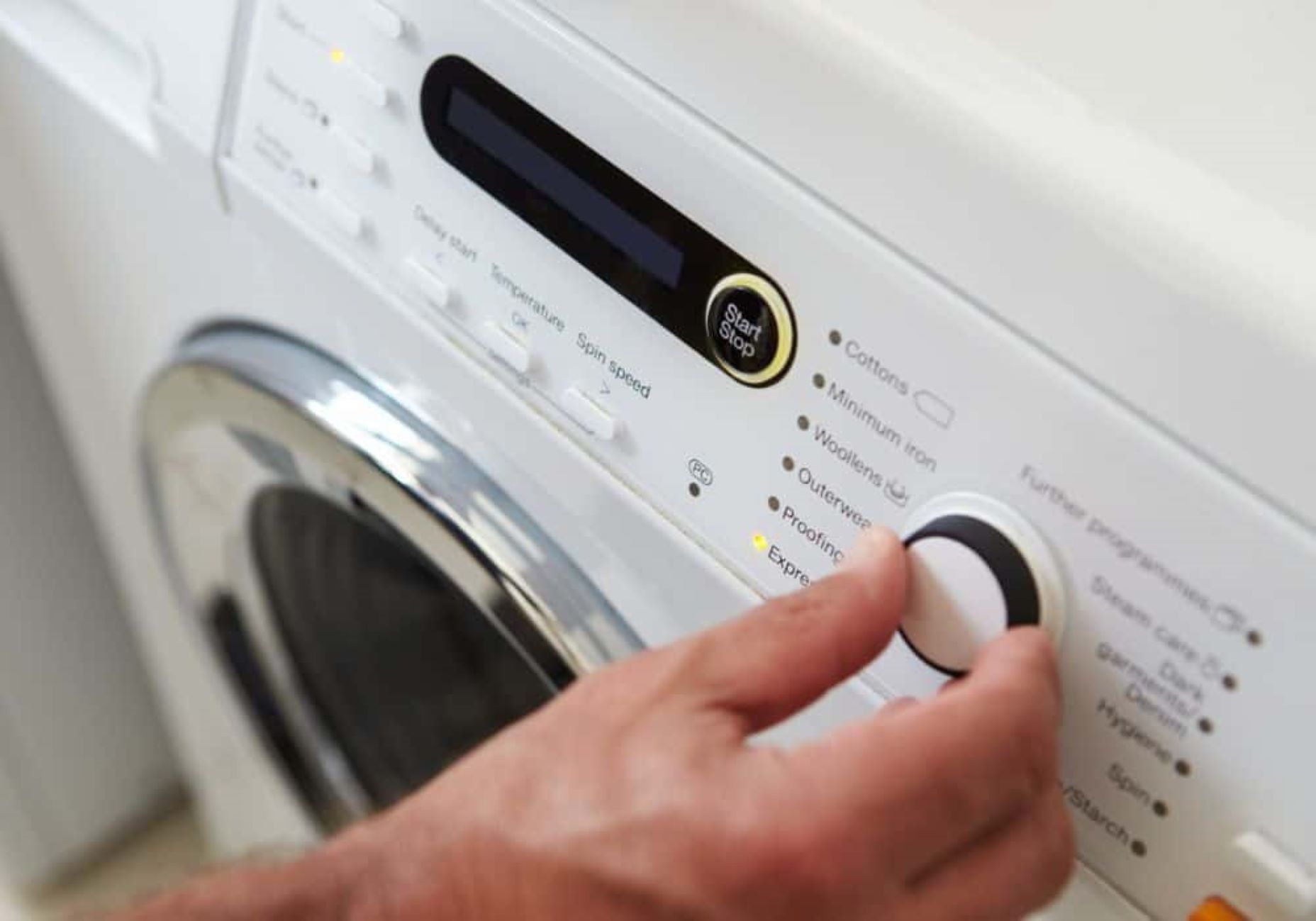

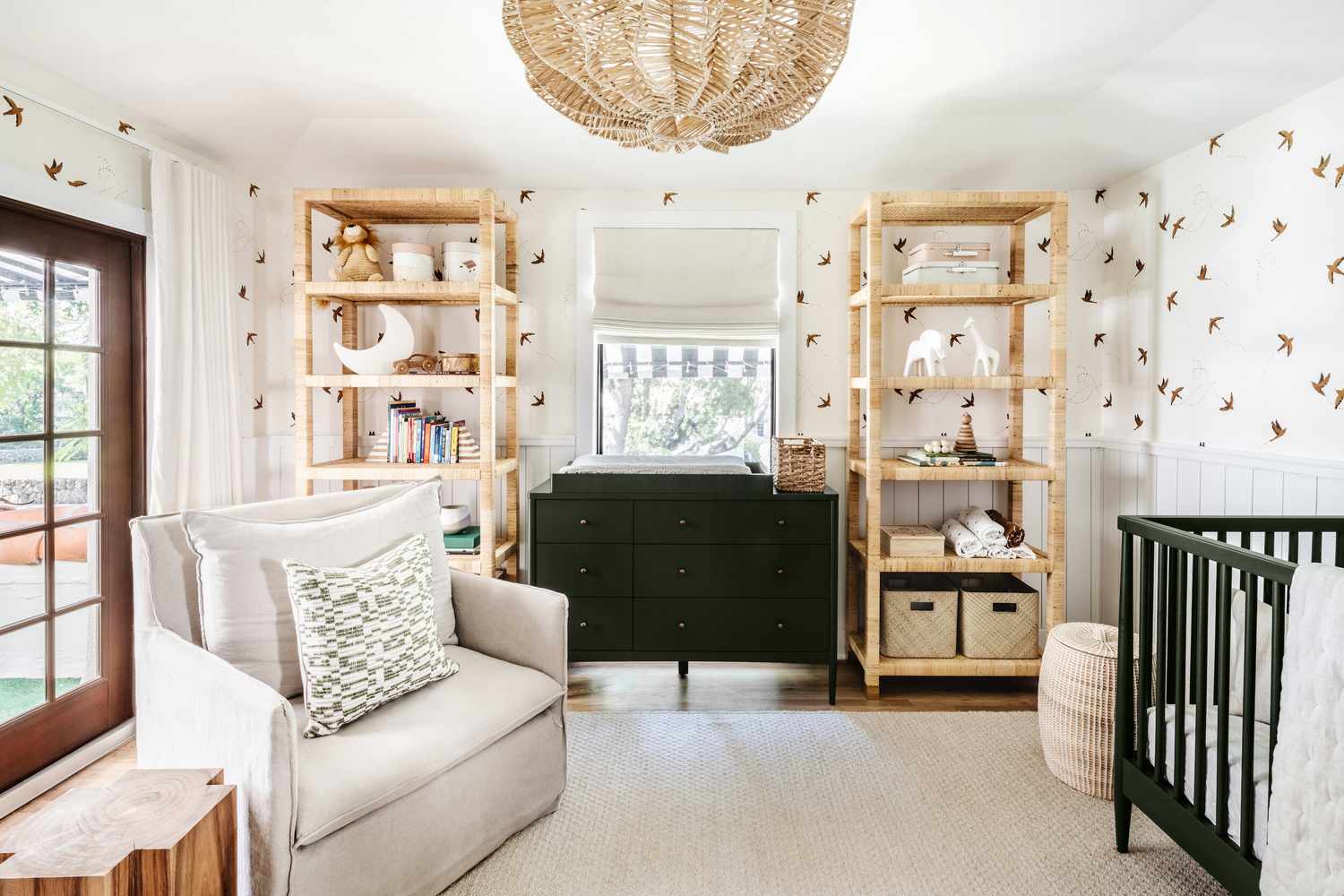
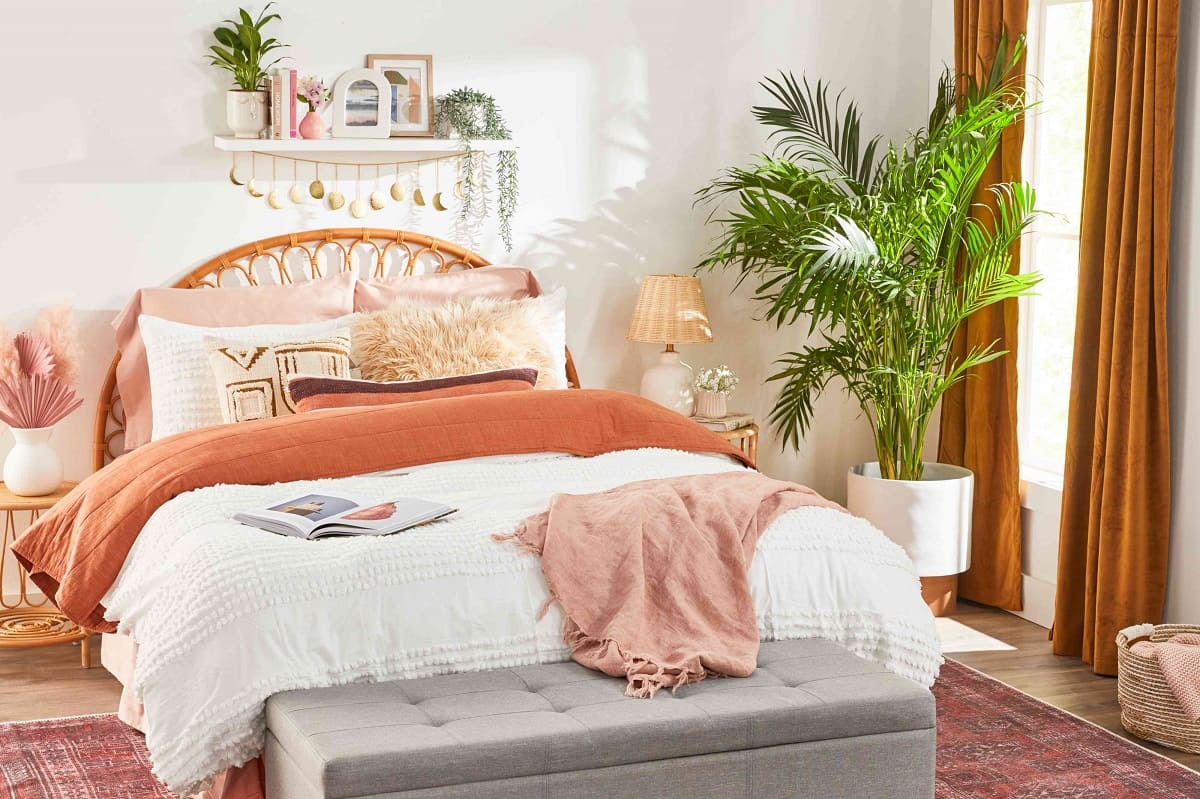


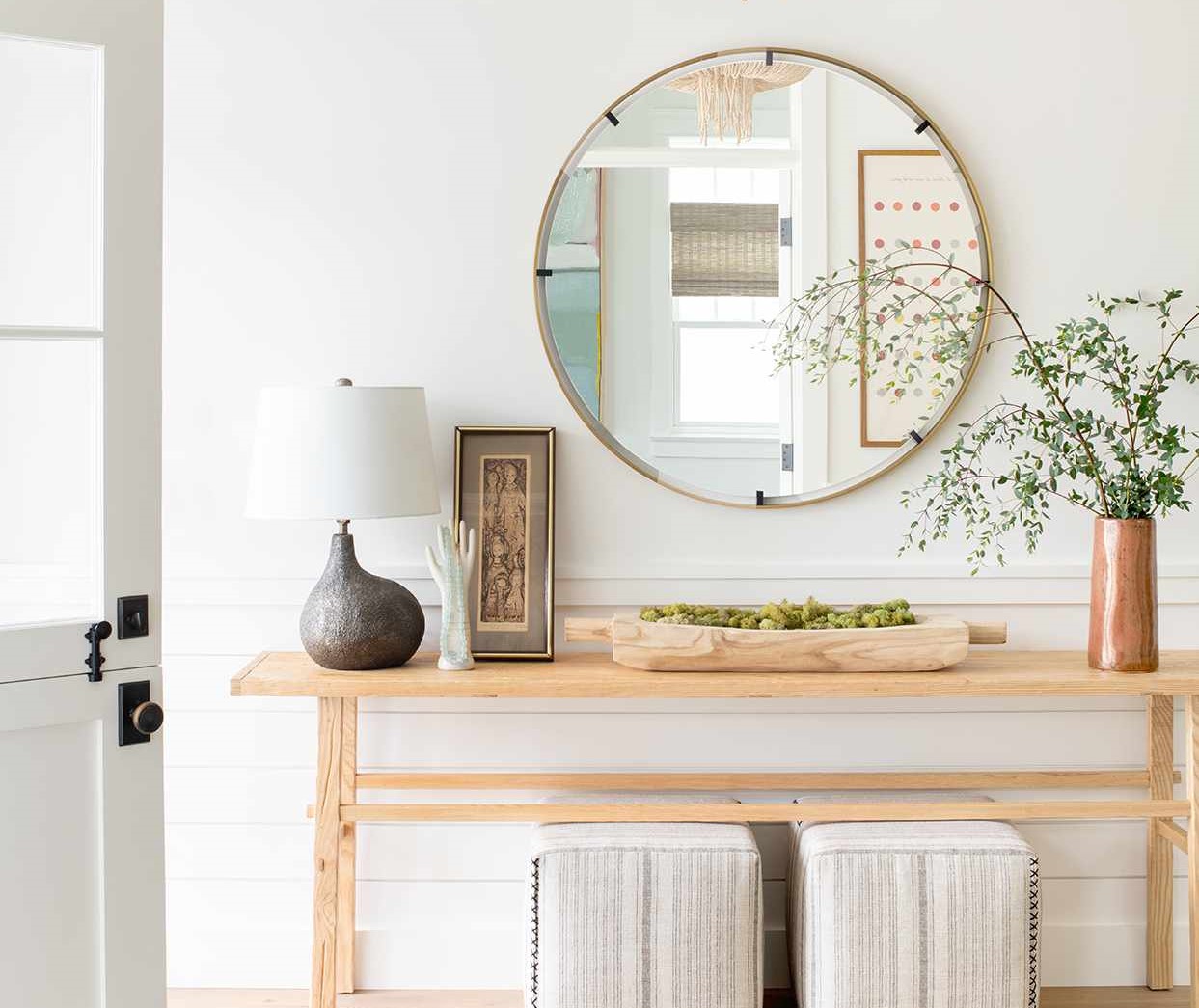

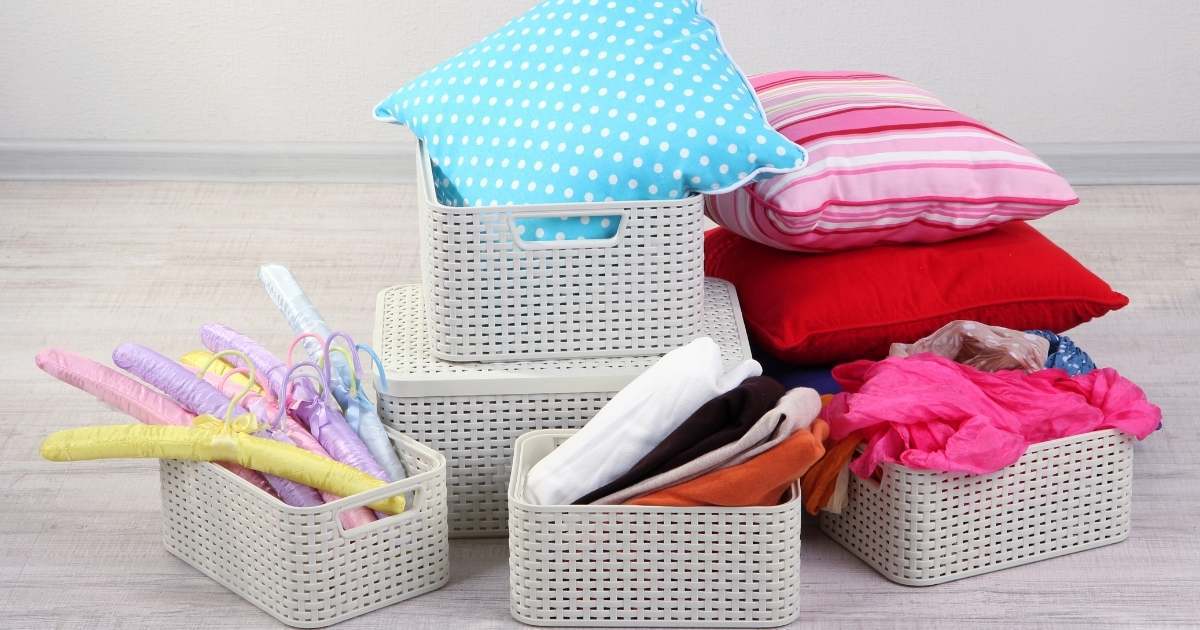


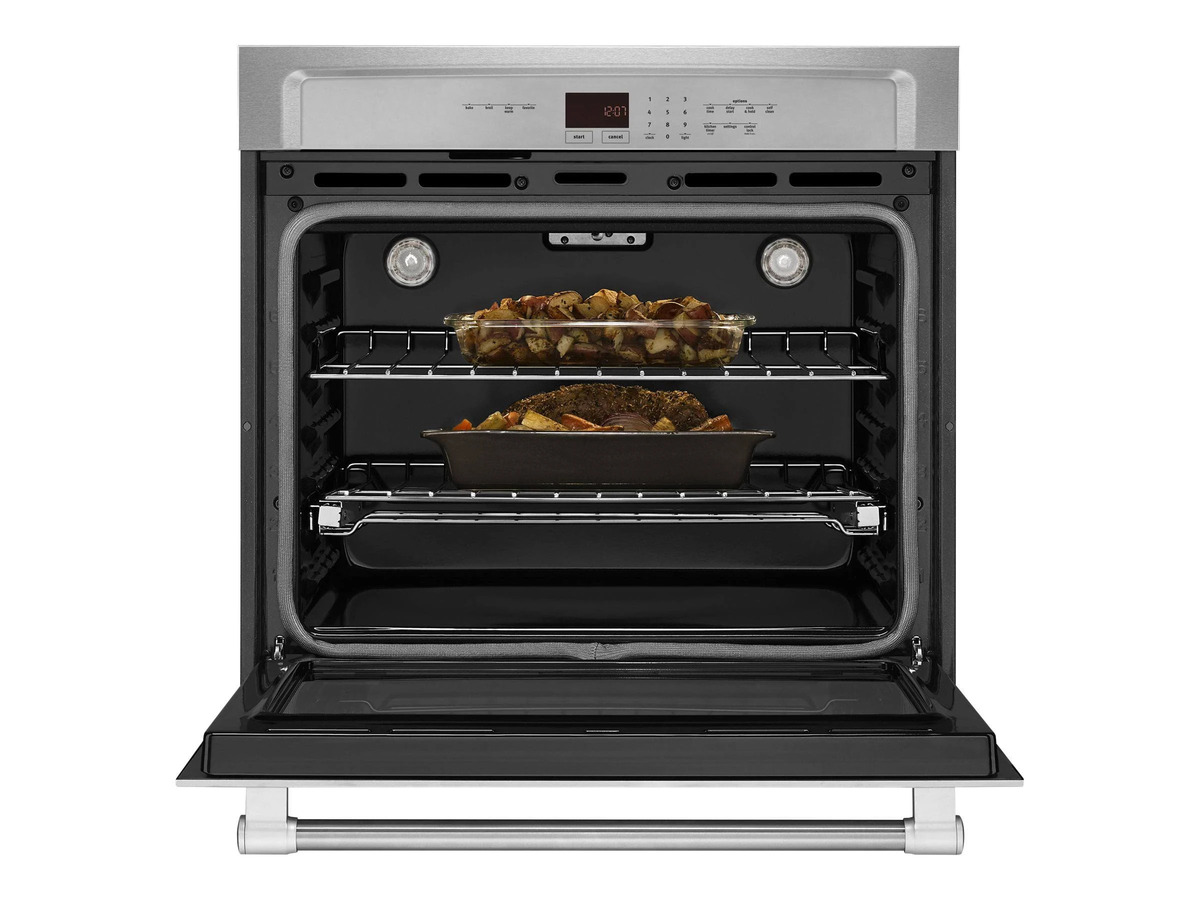
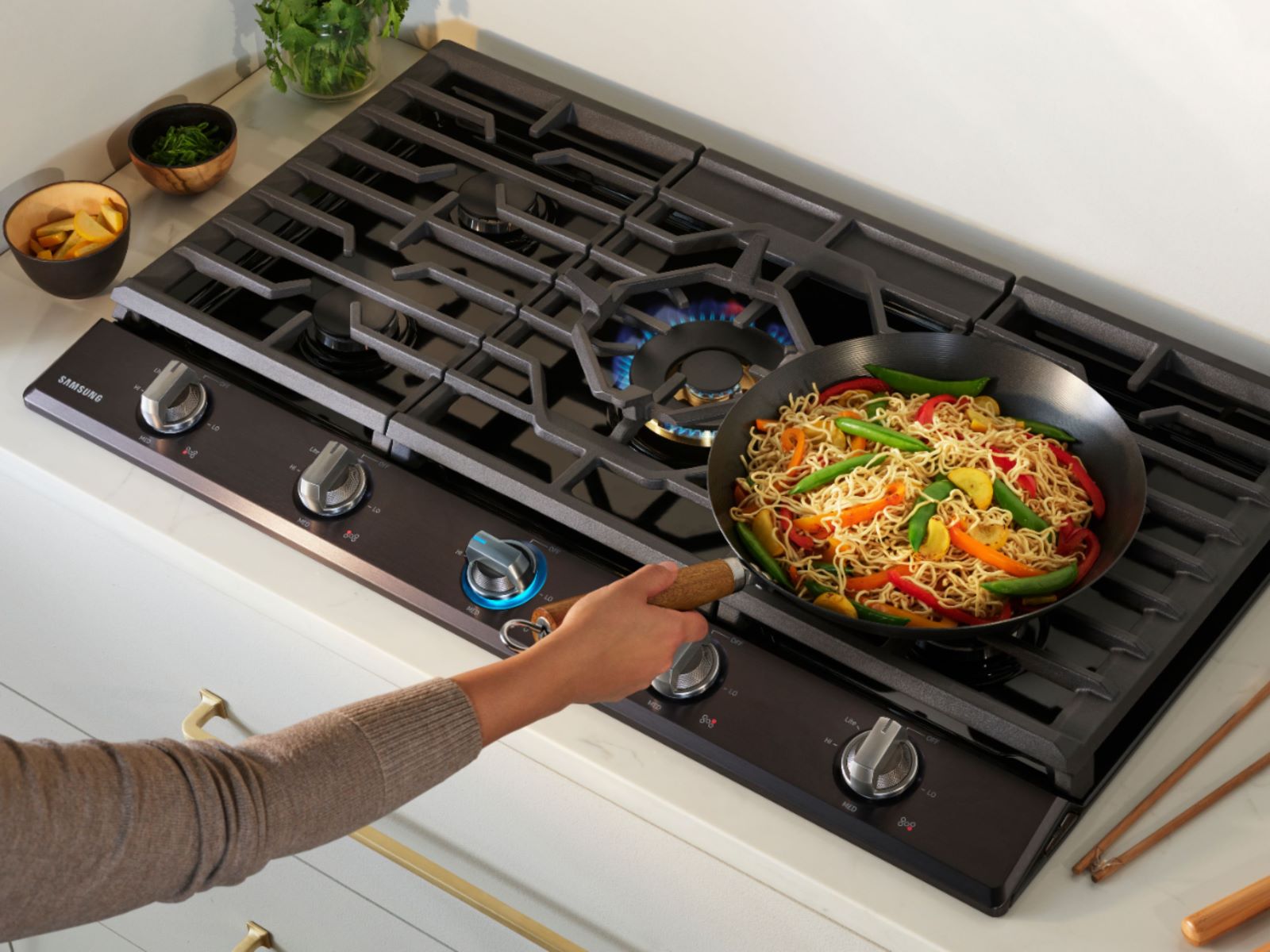

0 thoughts on “10 Ways To Avoid ‘Declutter Regret’”